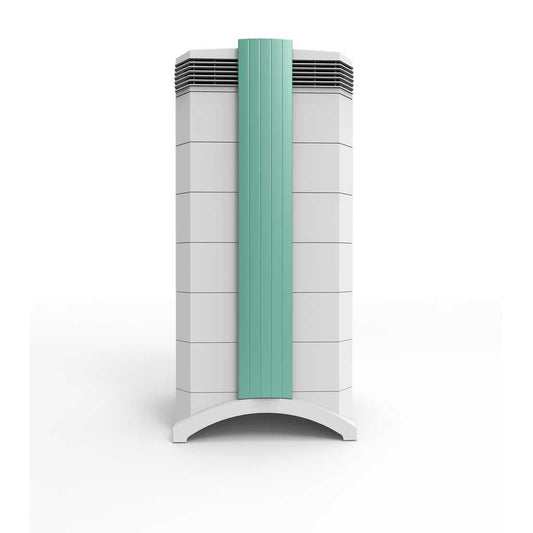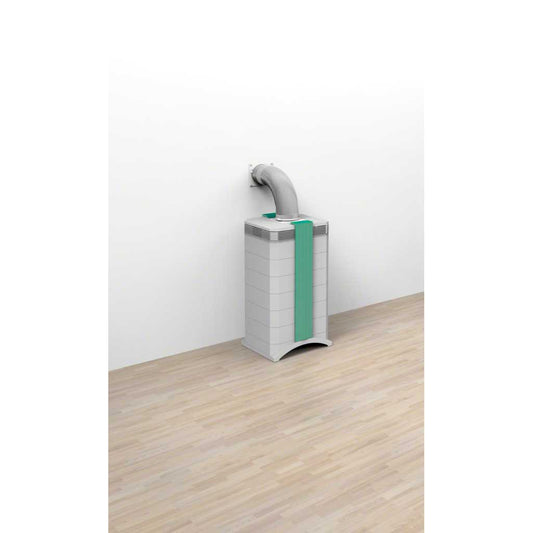
MRSA Infection
Despite the recent improvement in preventing MRSA infection through improved cleanliness, the threat, particularly from airborne contamination, remains.
Helping to reduce MRSA infection through the use of high-performance air filtration units is a proven and trusted approach in the healthcare sector.





